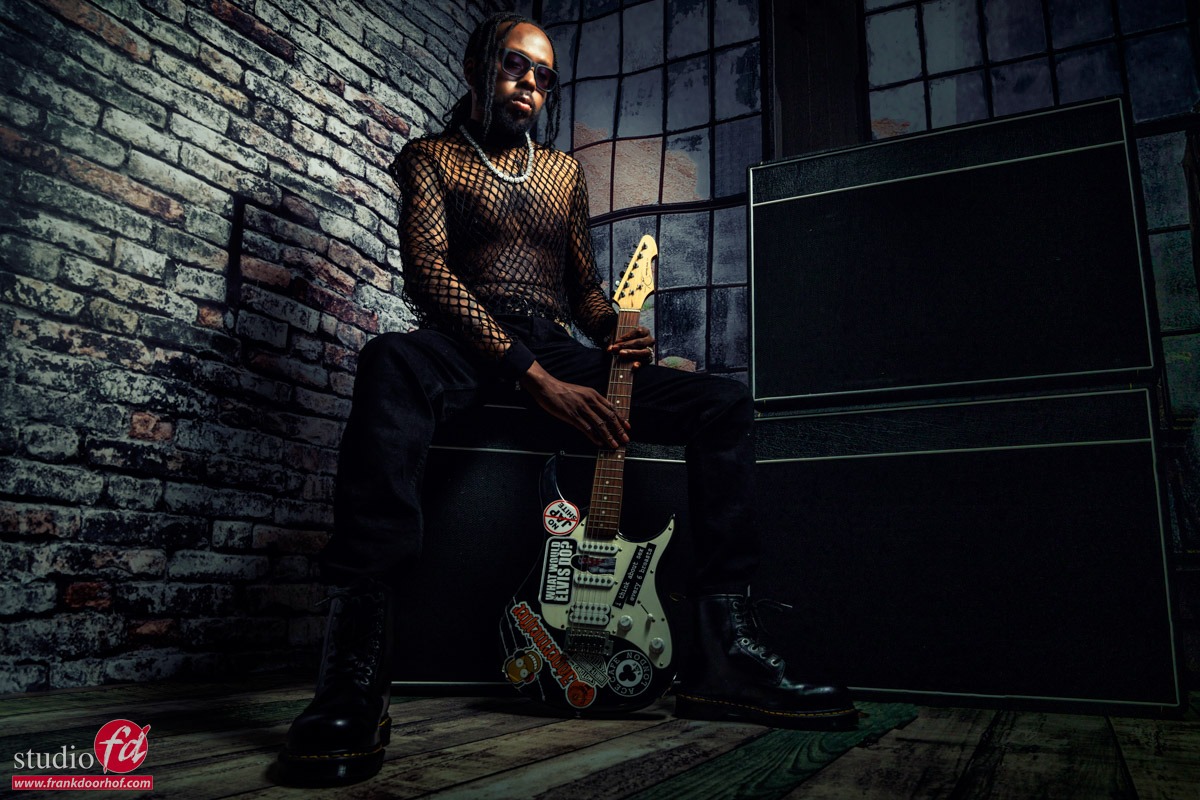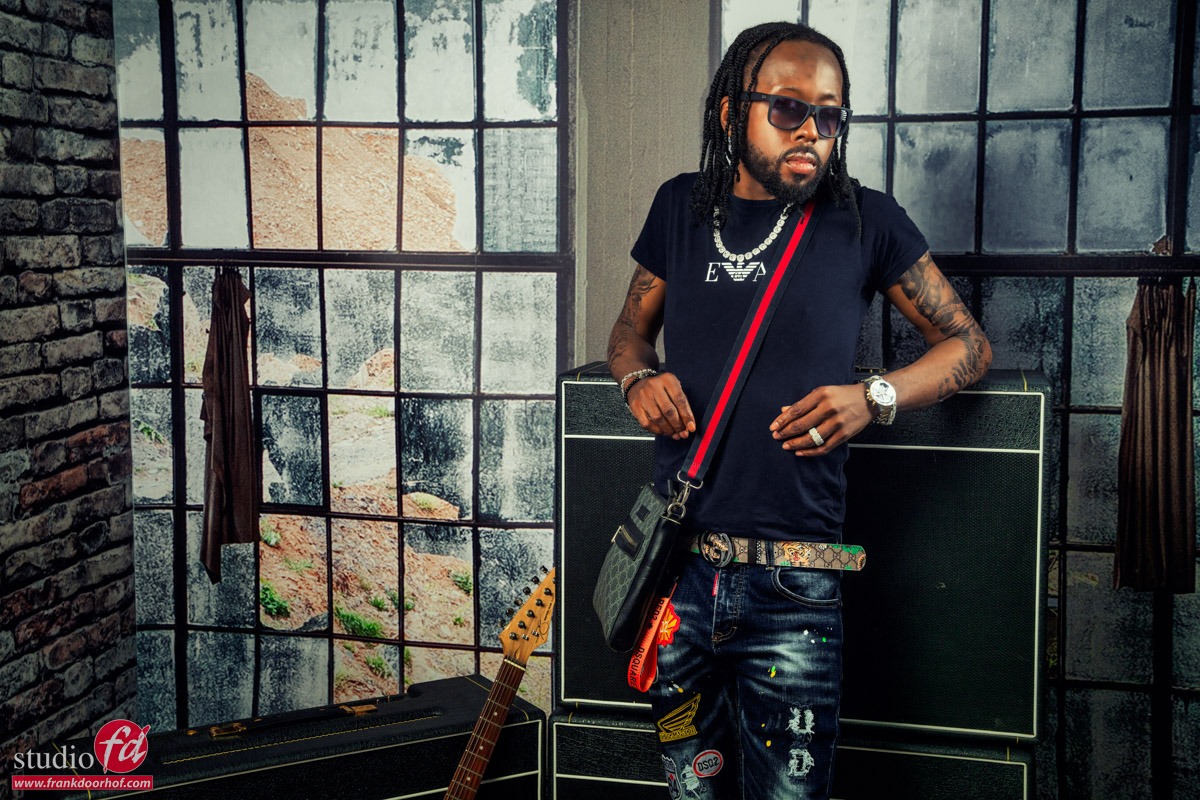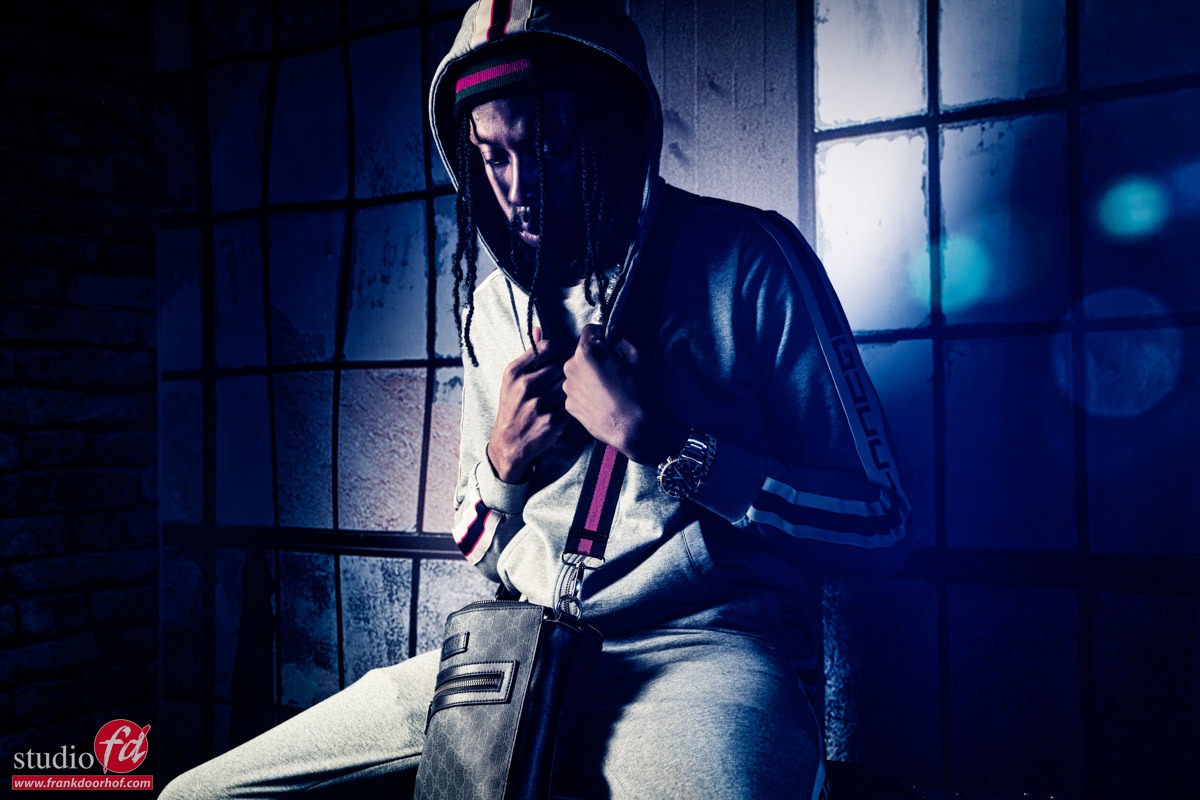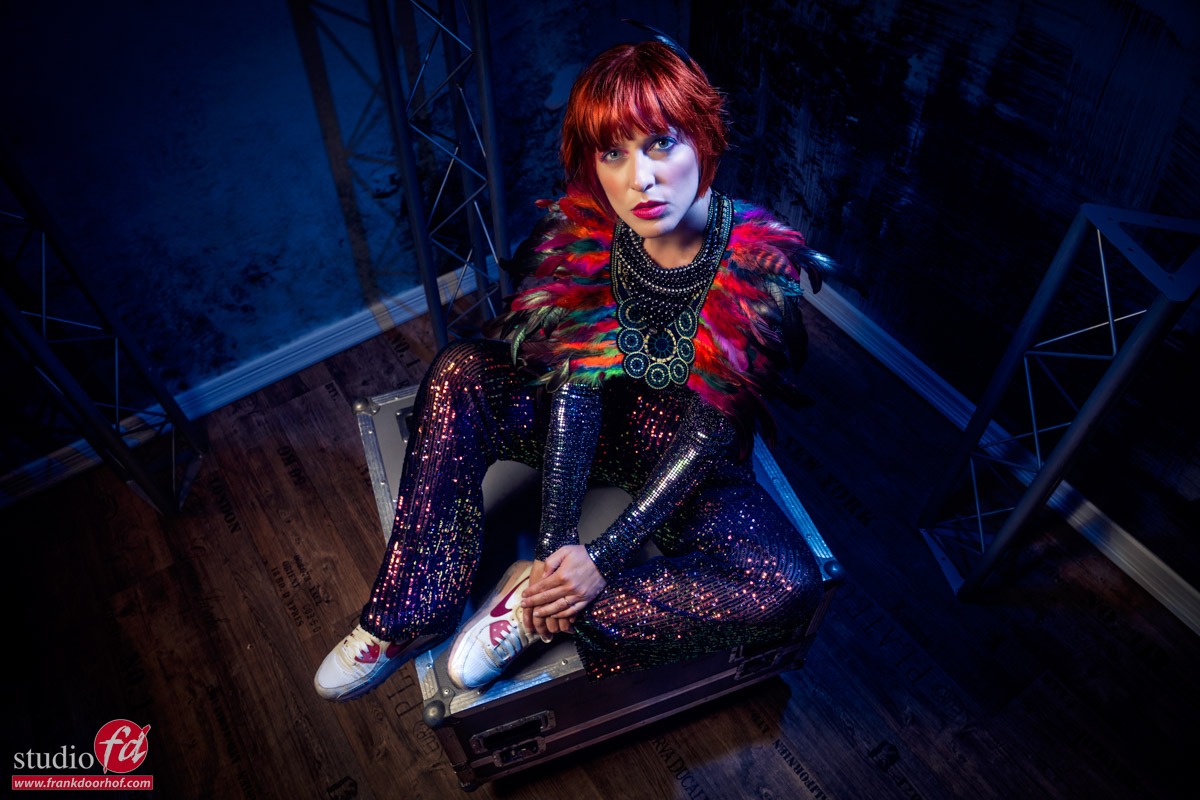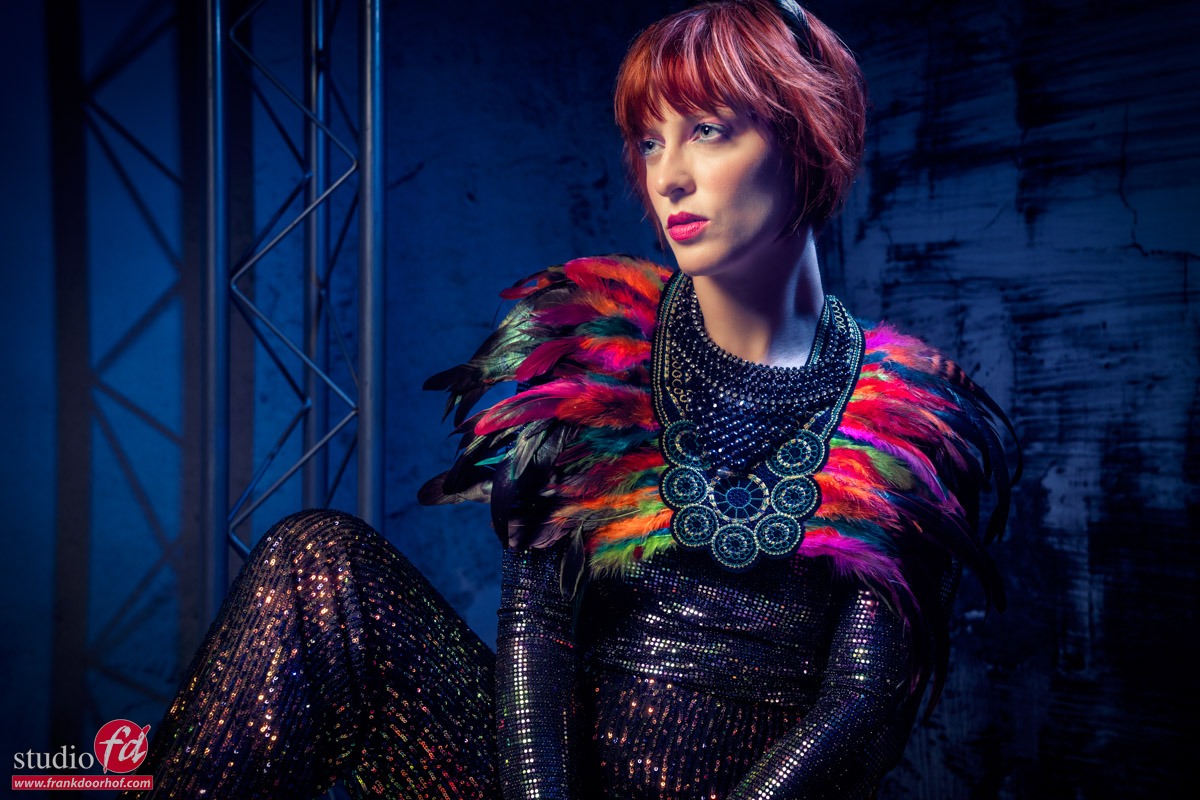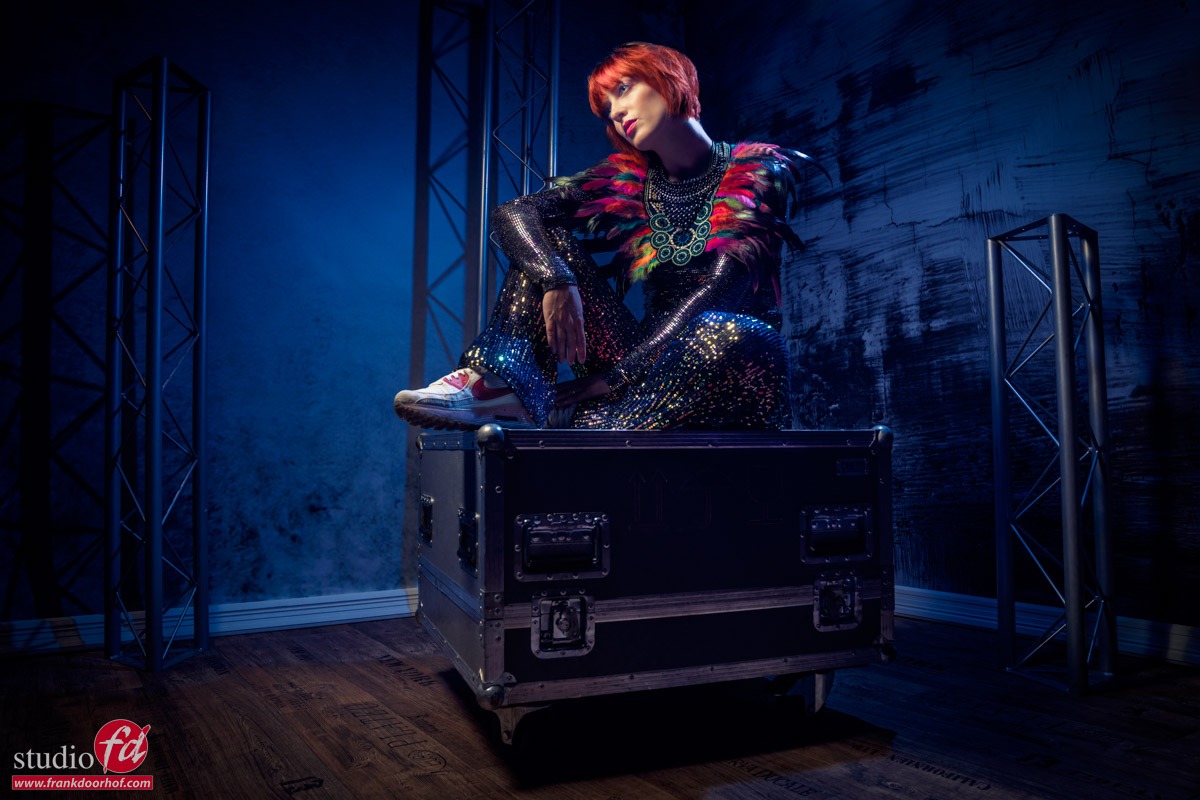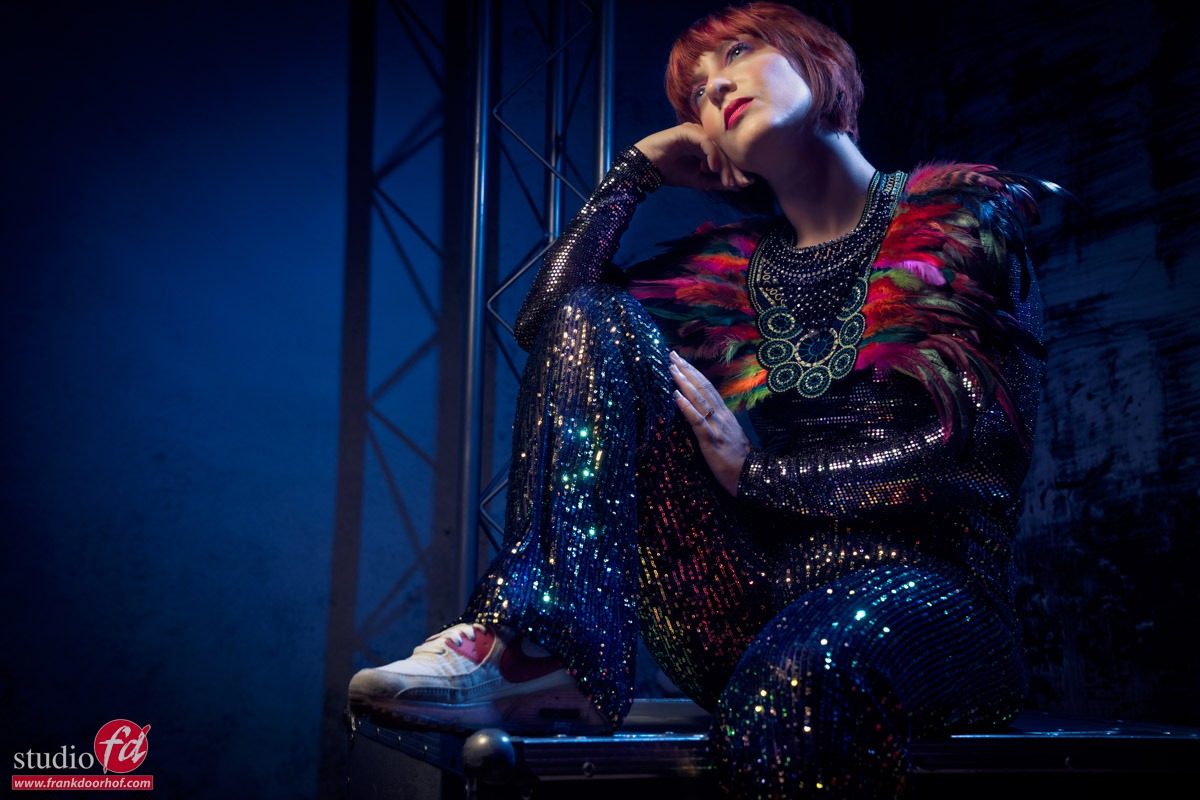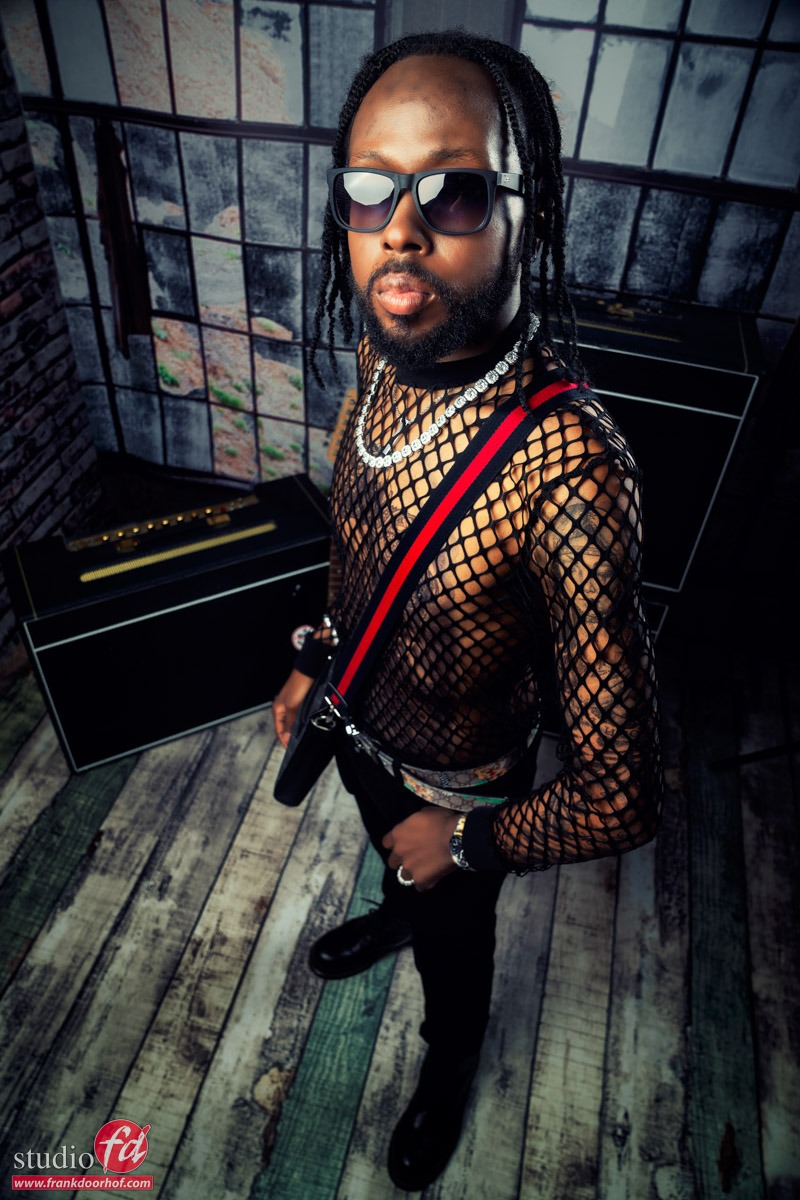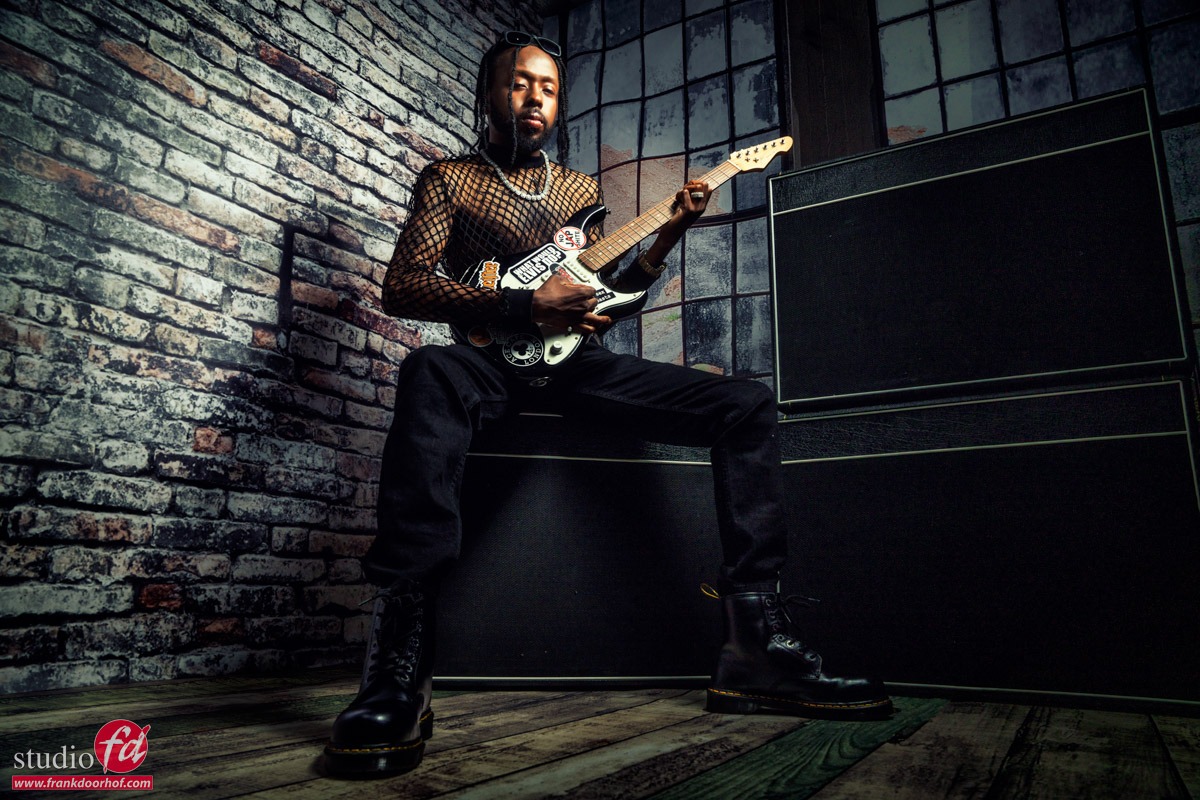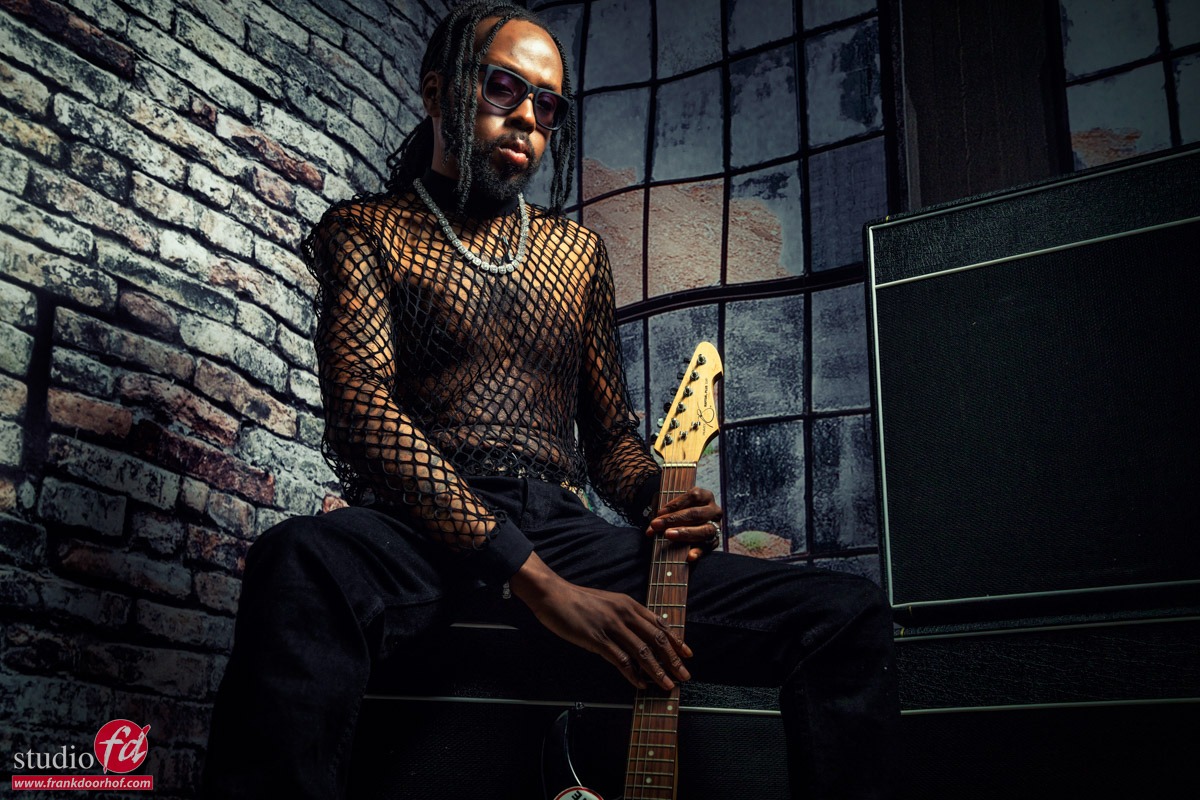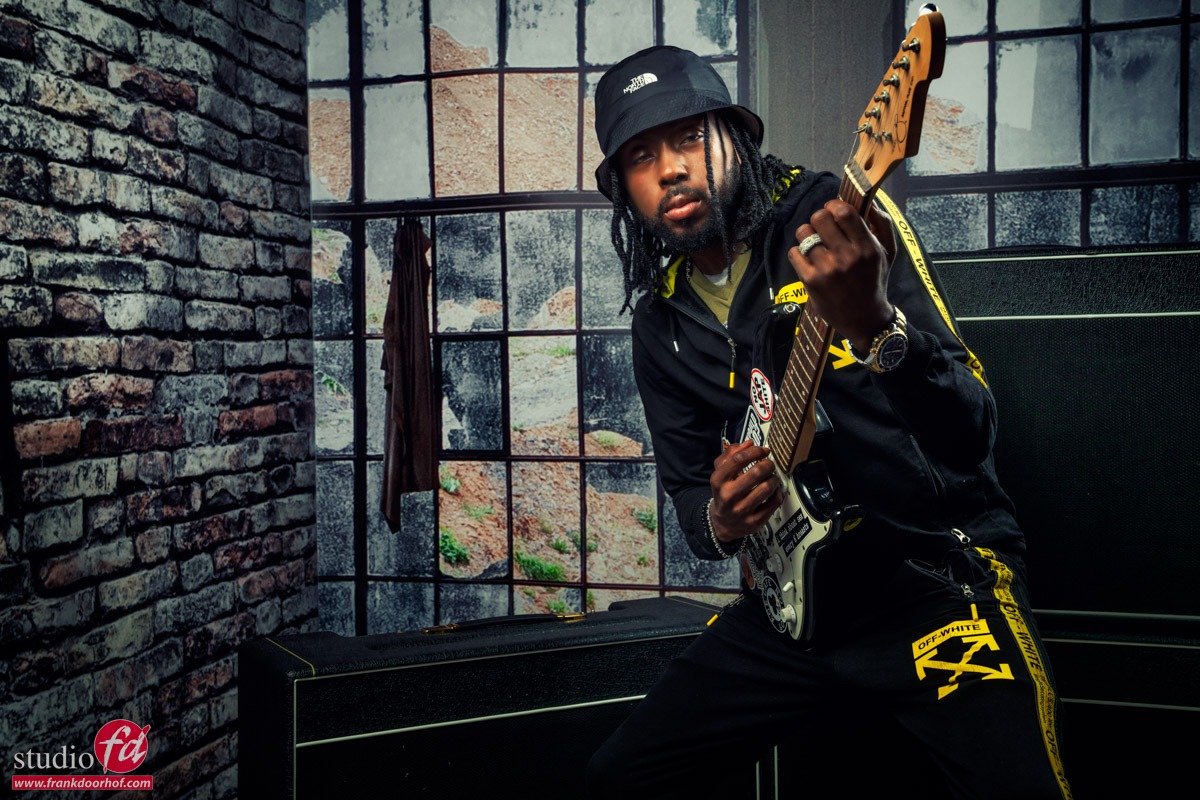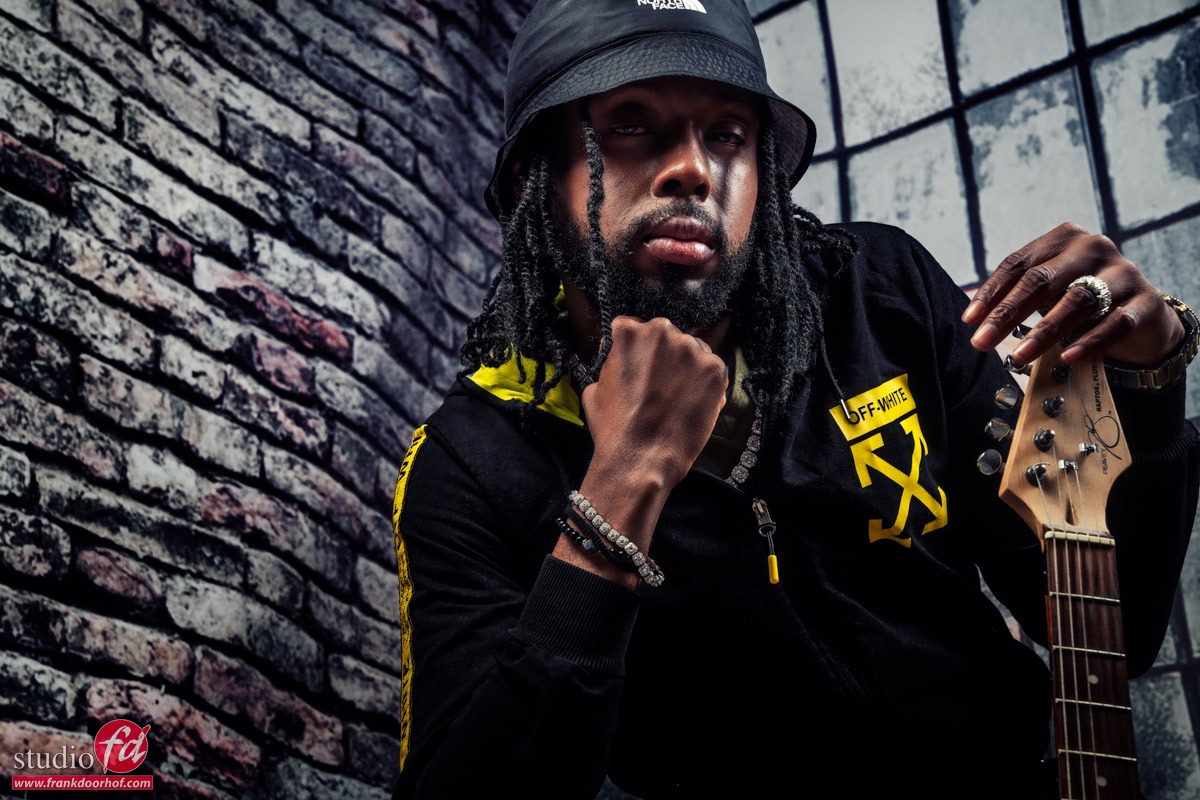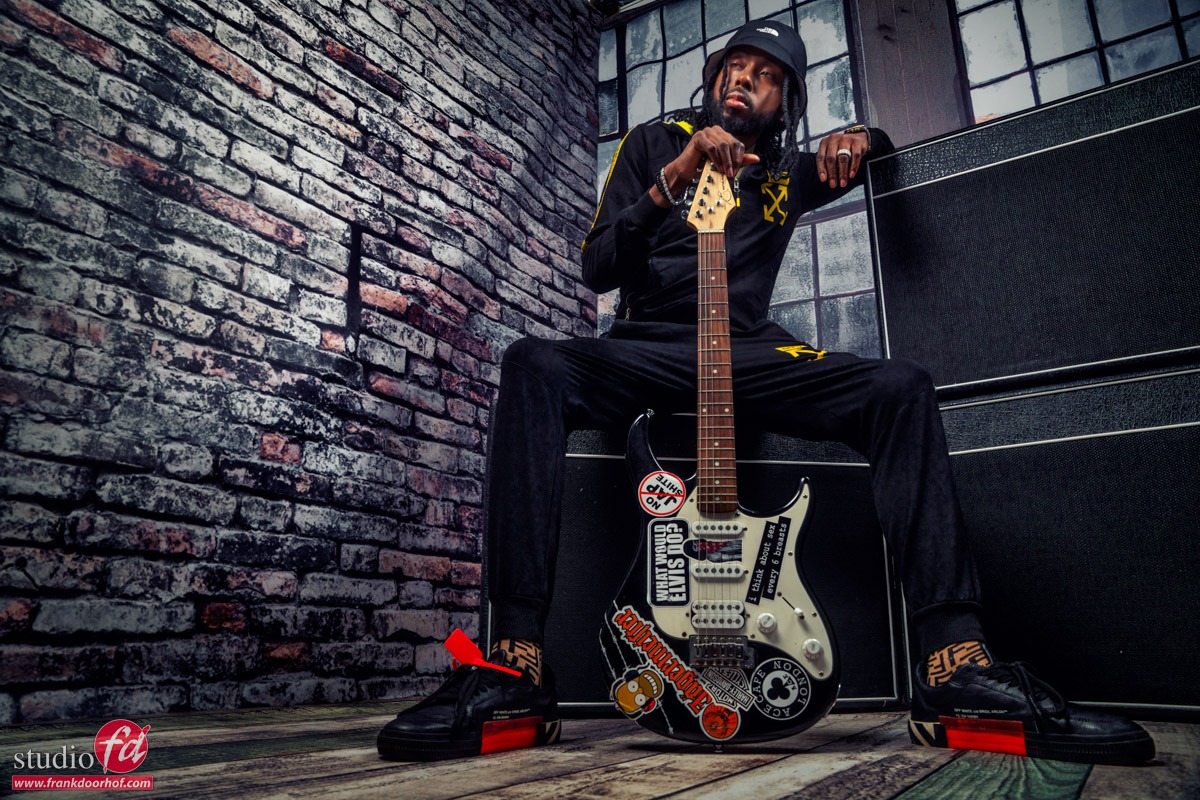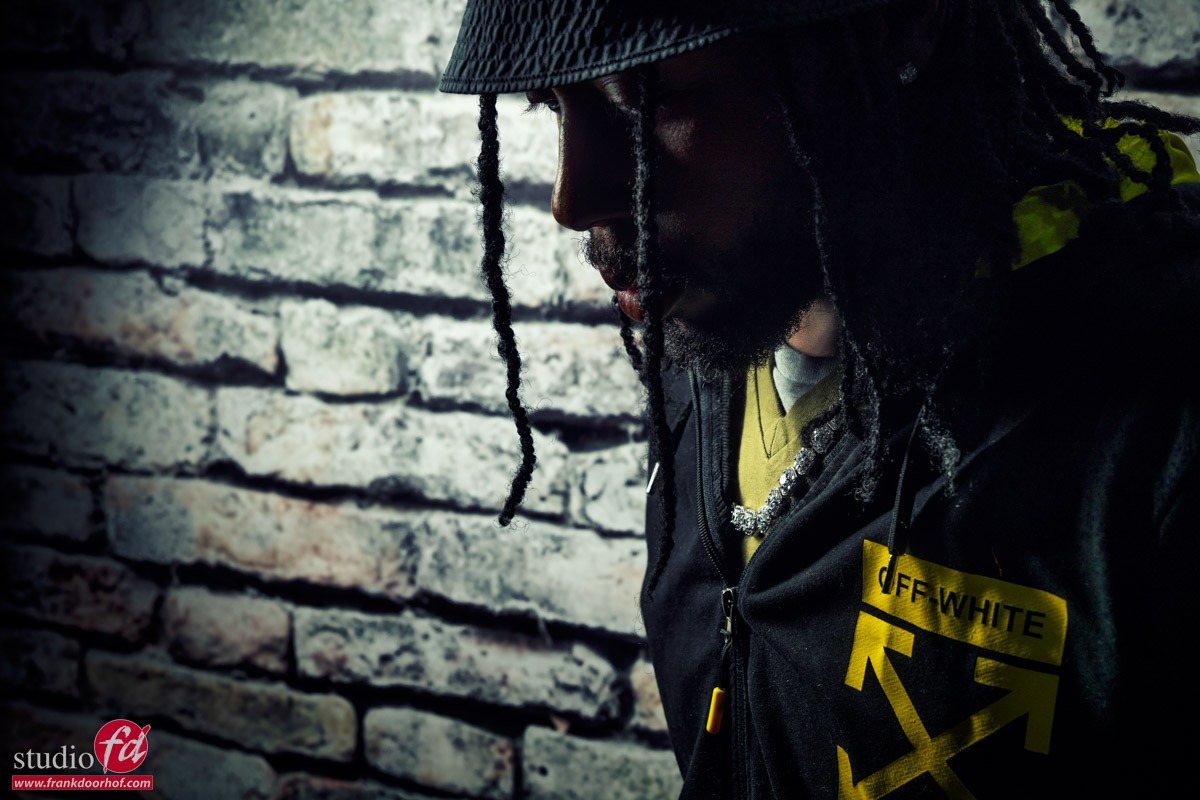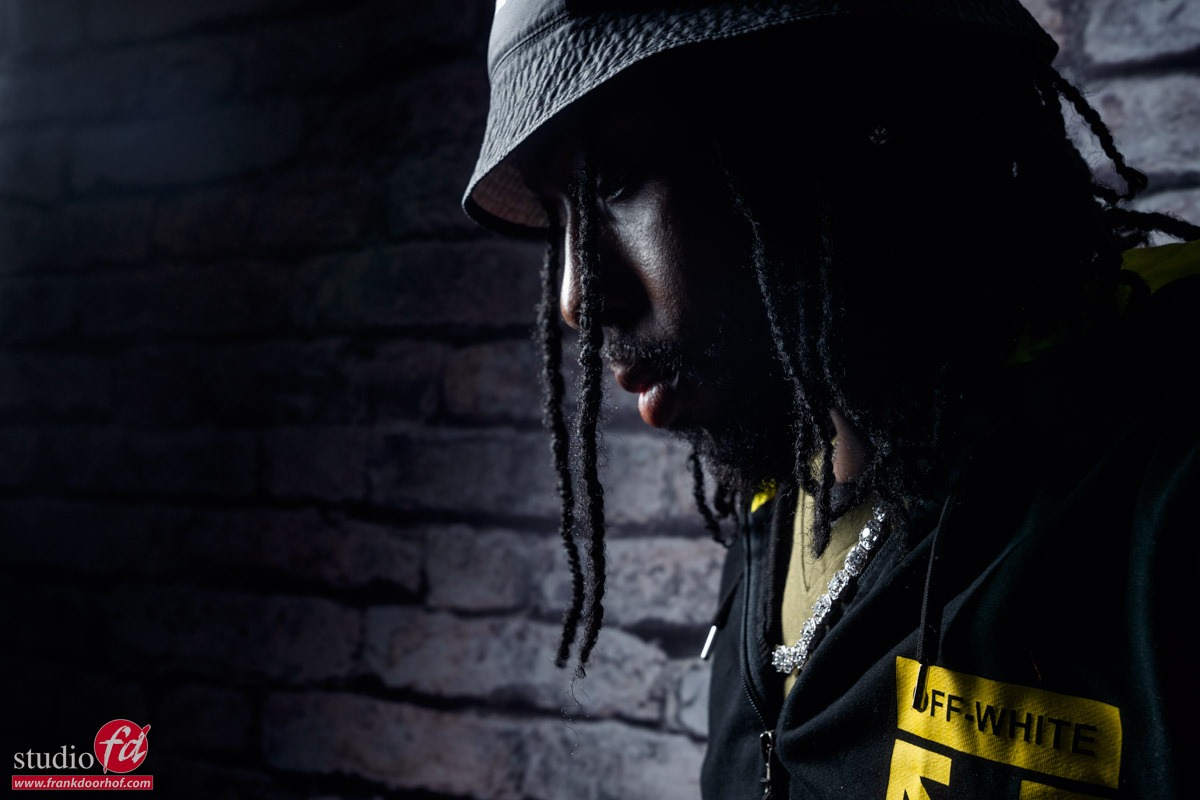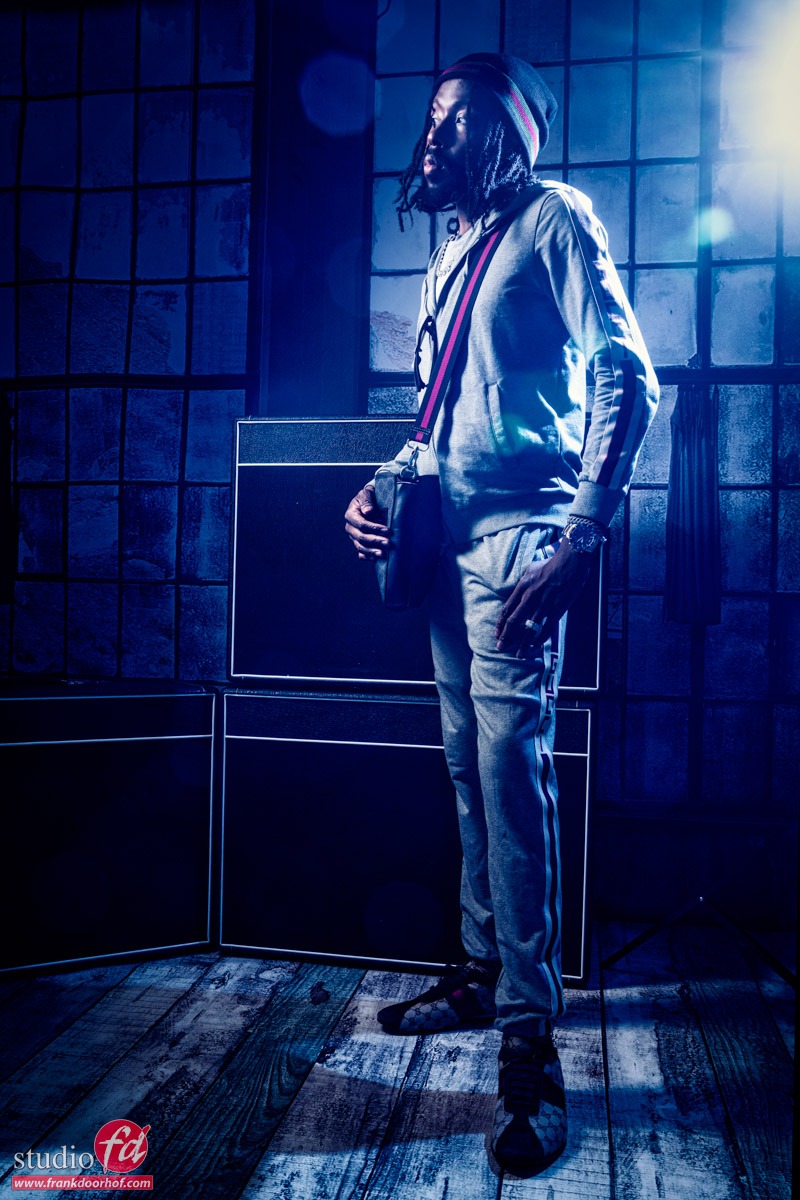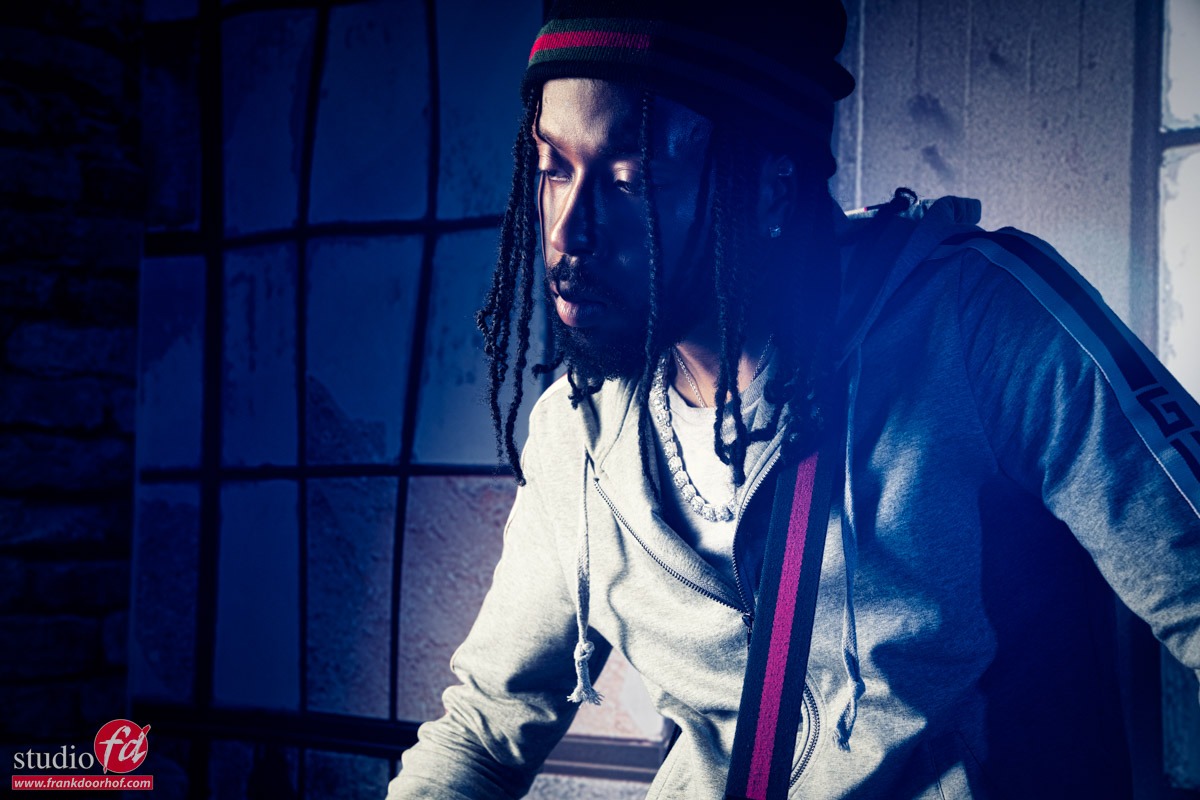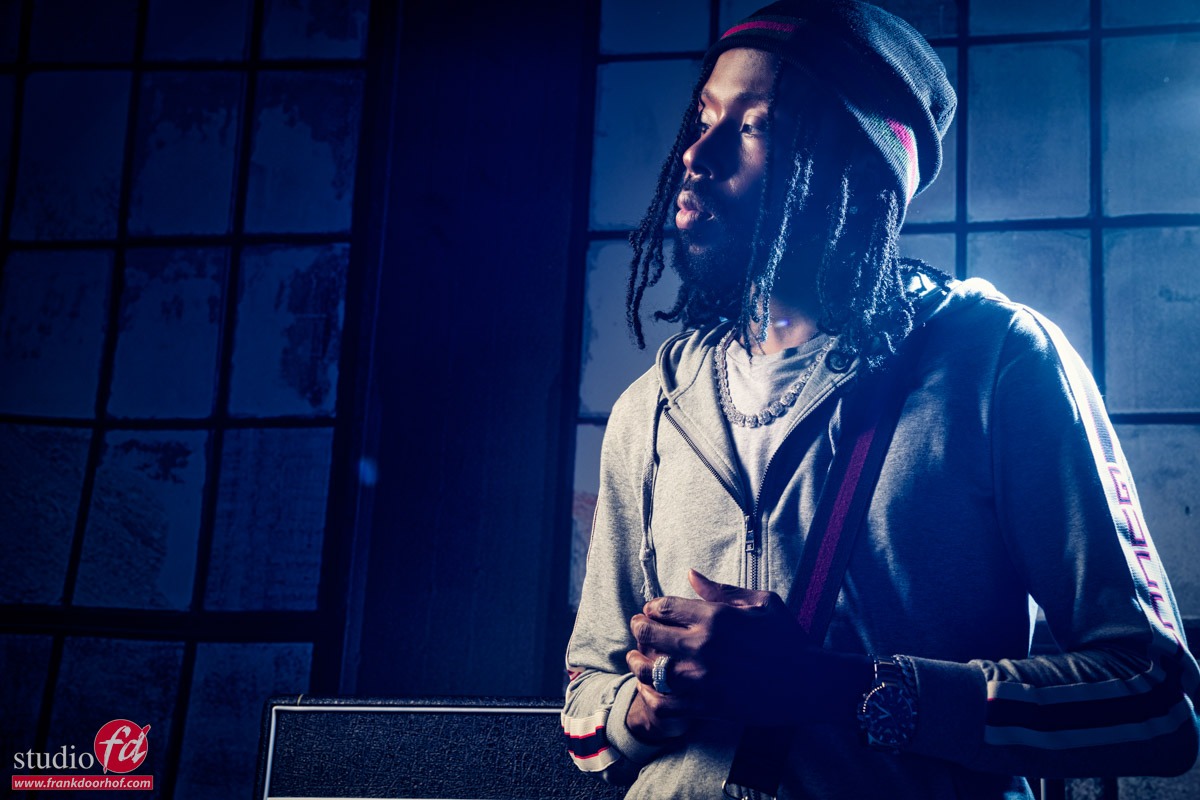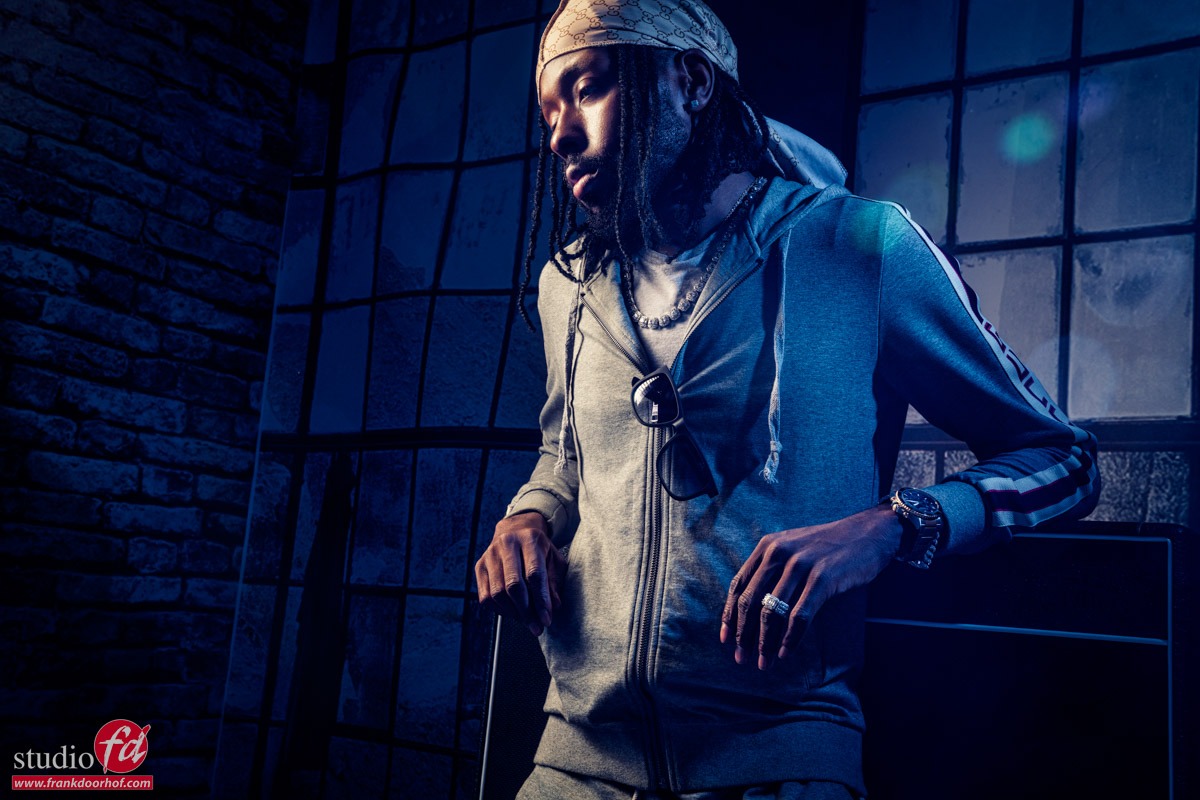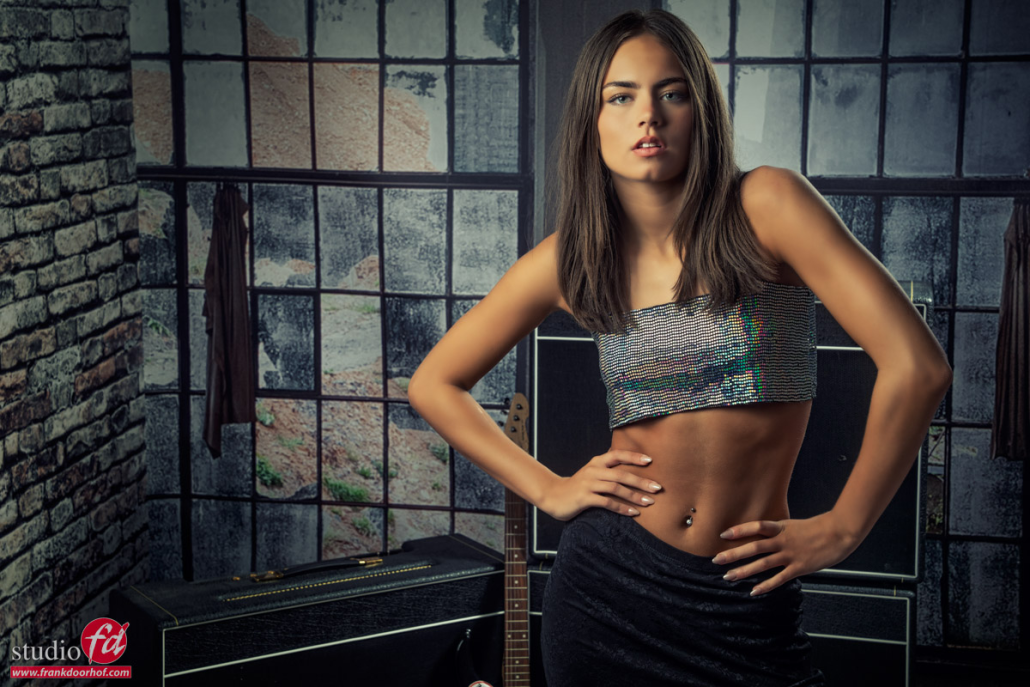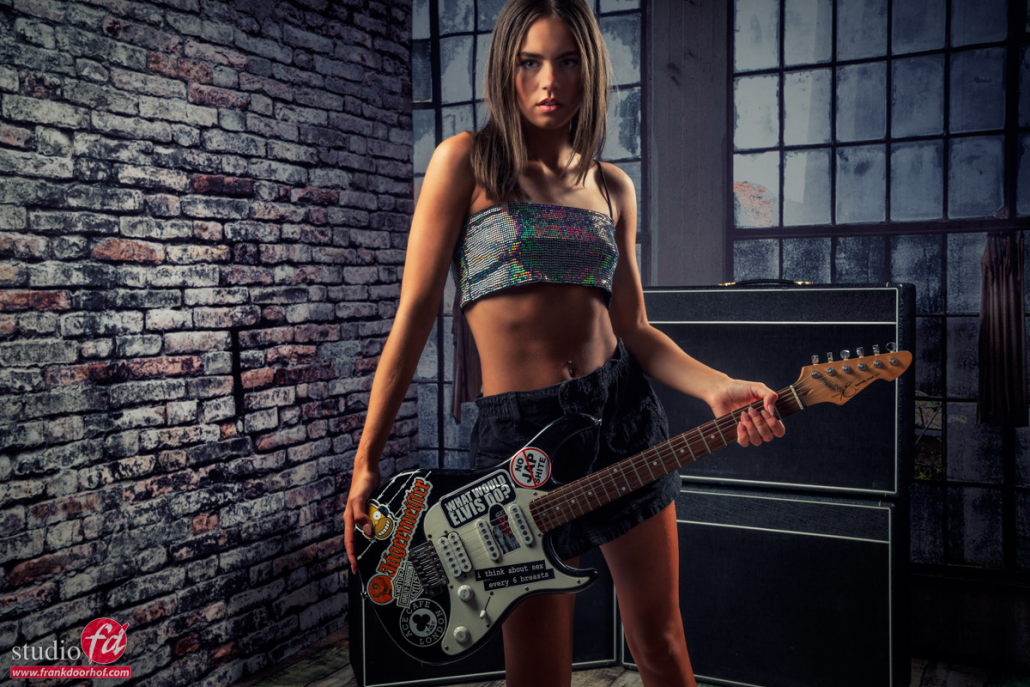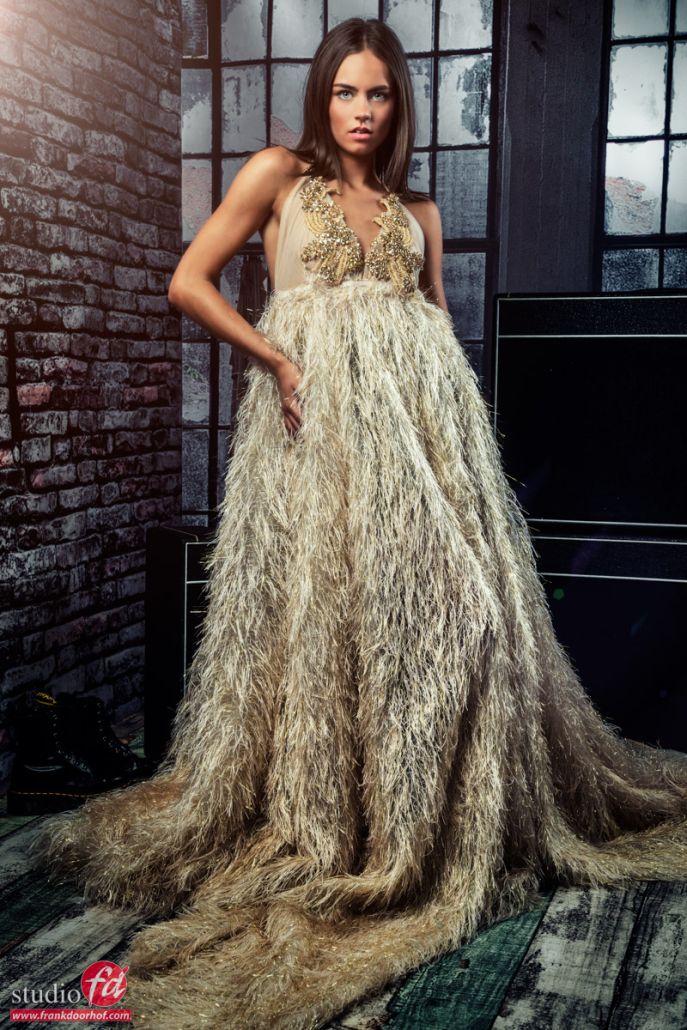Quick Portraits on location
Quick portraits on location are always a challenge. You have to think fast, find a location, set up your lighting and often only have a few minutes with your client. Today we are going to take a look at how we set up a location session and what I use.
Make it easier on yourself
There is always a way to make it harder, but let us focus on the things that can make everything go as smoothly as possible. The first thing is, of course, preparation.
I love to mess around with lighting in the studio but often also have more than enough time. On location, I often have to set up and hit the ground running. This is why we talk with our clients about what they want for most on-location sessions. This means that when I arrive on location I already know where to place my lights, do a quick light meter check, and can start immediately.
Now you might wonder… “Didn’t you forget something?”
Yeah, I know what you think.
The background for a quick portraits on location
Of course, when we talk to our client before the shoot we also show different kinds of backdrops so the client can choose which one fits their look and brand. Because I’m using strobes I know that ambient light in most cases won’t cause any problems. However, don’t ever forget to take a ColorChecker image during the shoot. On location, you can have the most weird situations that can mess up your color that at first, you won’t notice because you’re using flash.
Now in the past, I’ve used solutions that worked pretty well but were always just a bit too short, narrow, or too large so they didn’t fit in my car forcing me to take the van (I prefer to drive electric of course :D)
Recently ClickBackdrops released the Clicki backdrop system and it’s become my favourite backdrop for quick on-location shoots. It’s wide enough to fit one person for wide (landscape-style) portraits. And with a little bit of AI in Photoshop I can easily shoot 3/4 shots in landscape mode because the subject doesn’t overlap anywhere. Somehow I prefer to shoot in landscape orientation which makes the width vital for me.
The Clicki fits with ease in my car (Hyundai Ioniq EV) and only needs a stand to be assembled on location in under a minute.
Of course, I also need to bring strobes.
Strobes
When we talk about speed I also have to be able to move fast and setup fast. So bringing heavy strobes or battery packs is out of the question.
For location work, I’m using the Geekoto GT200 and GT250
The main advantage is that I can easily adjust the angle of the strobes via the pistol grip. So I can use almost any studio stand, which not only saves space but also makes setting up much easier and faster. The Geekoto also supports both ETTL and HSS. Combined with a 200/250W power output and 450-500 shots per battery makes it a very versatile setup that can easily suppress sunlight outside. And you can use the thicker more saturated colorgels for some really gorgeous color effects.
And the final piece of the puzzle…
What Light shapers to use for a quick portrait on location
Of course, I’m not using the strobes bare.
Although that can be a nice effect, it’s often not what the client wants to see.
So we need something to modify the light.
If it needs to be compact I love the Rogue products. Especially the new magnetic system is awesome for creative use on location (and in the studio) and of course the “famous” Frank Doorhof Flashbender :D. But for this setup, I’m using the Geekoto 26″ softbox. The main advantage of this system is that it just folds up very small but it also has a detachable speedring which makes it super easy to carry with you.
Enough talk, let’s take a look at the setup.
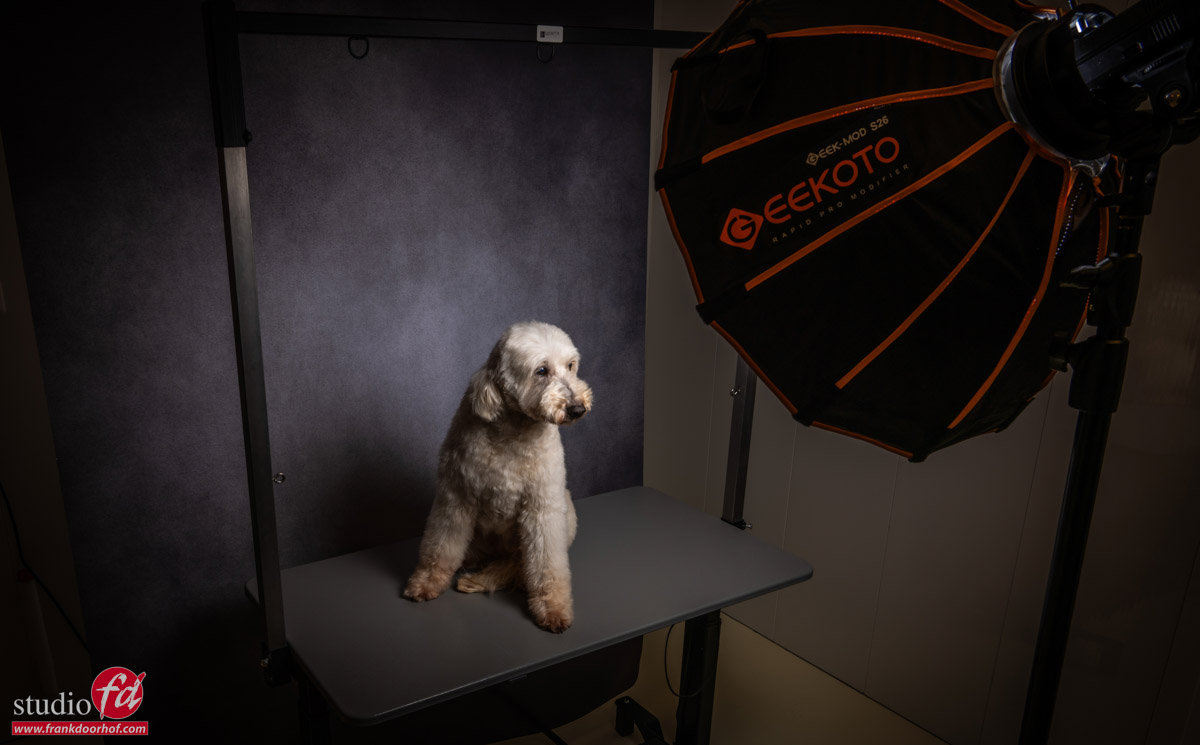
As you can see we just placed the Clicki behind the table. So the dog didn’t have to move and the whole setup was done in seconds (everything was set up, I just had to slide it there). Because we mark the floor when doing the meter readings, it’s a setup that makes it possible to almost immediately start shooting and thanks to the size of the Clicki you can also shoot from a few different angles.
So let’s see the results. It’s never perfect with these kind of one-minute sessions but the owner loved them. And for the trimmer, it’s just an extra service or something they can charge for.
So now you know what I use for quick portraits on location. If you have questions, find me on social media and let me know.
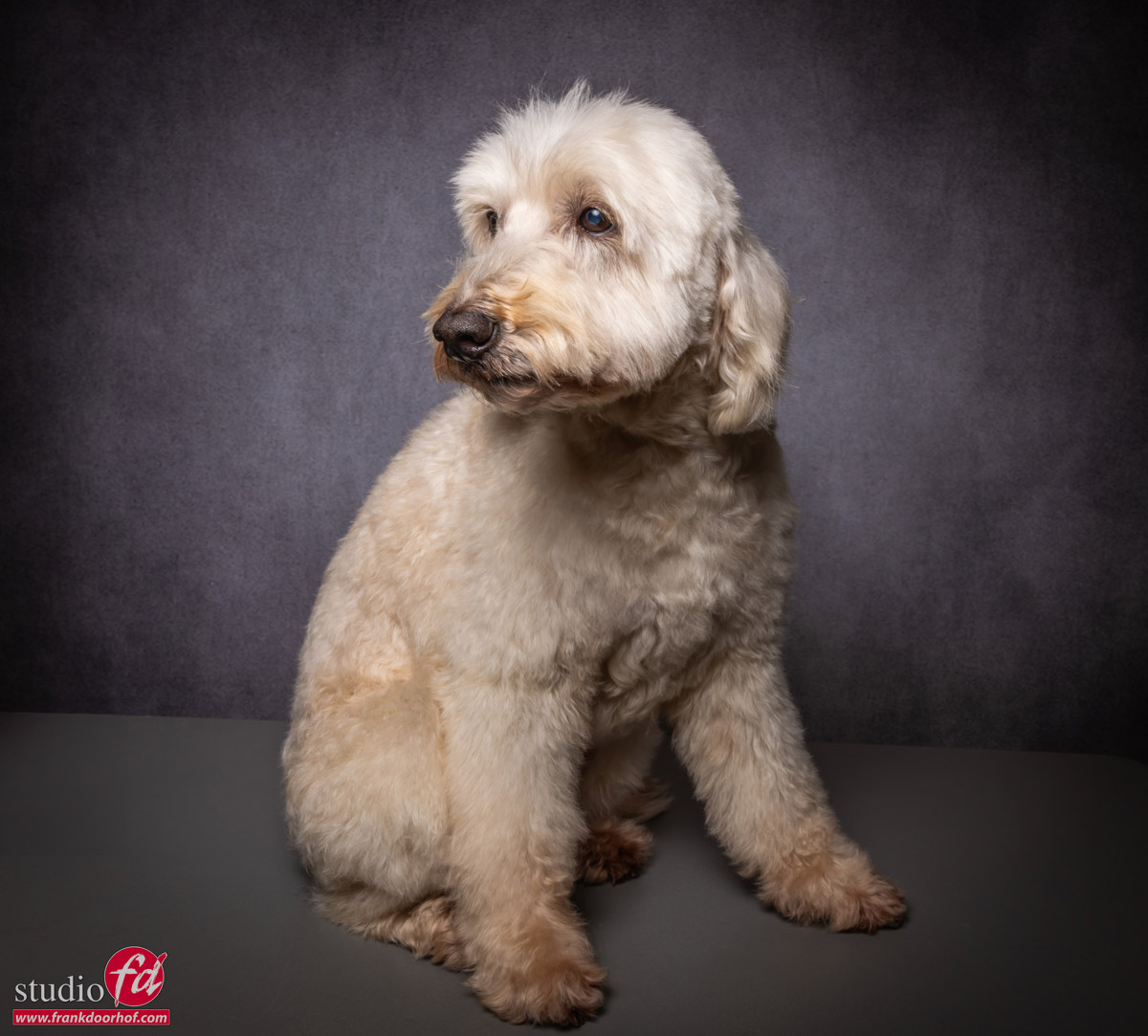
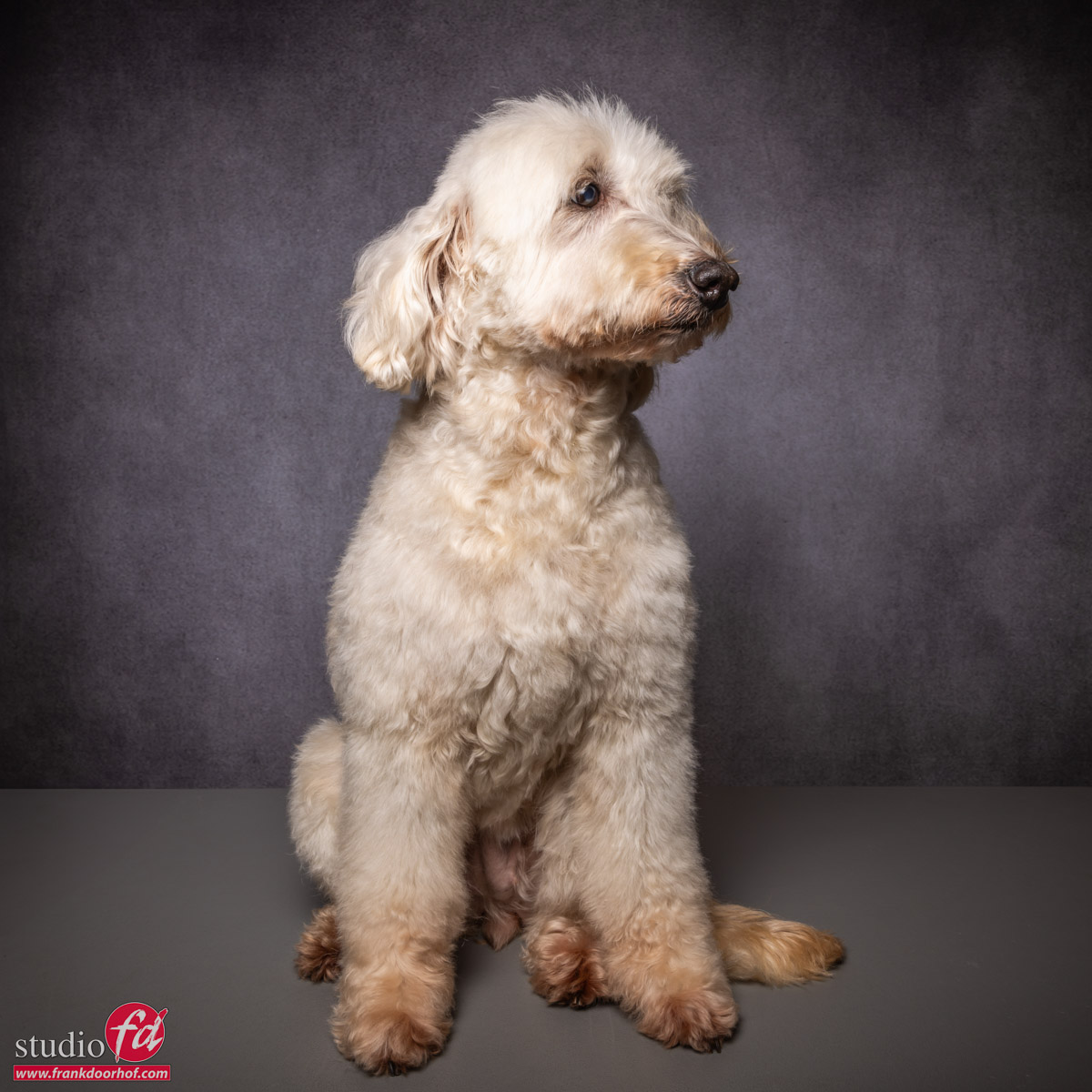

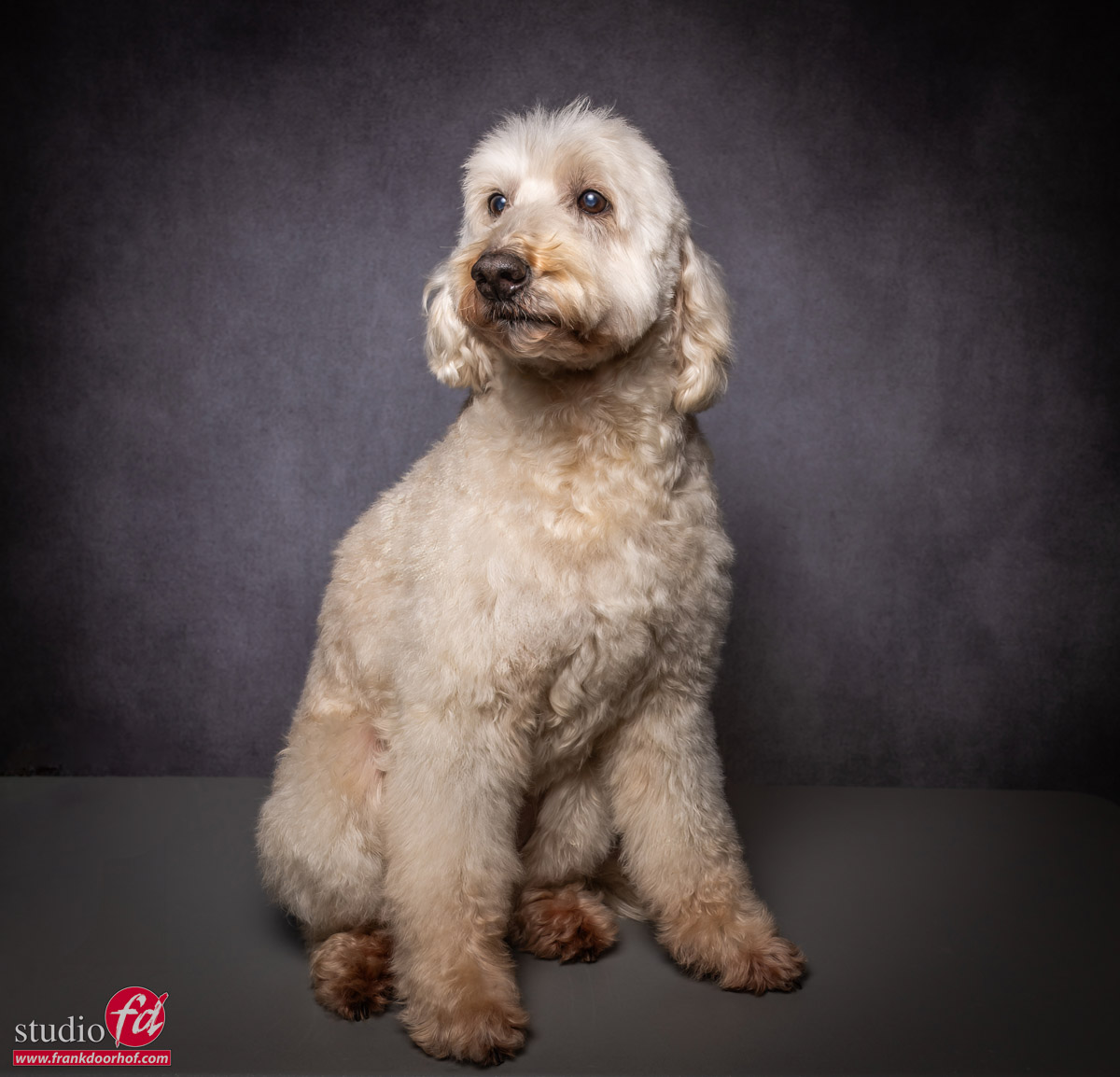
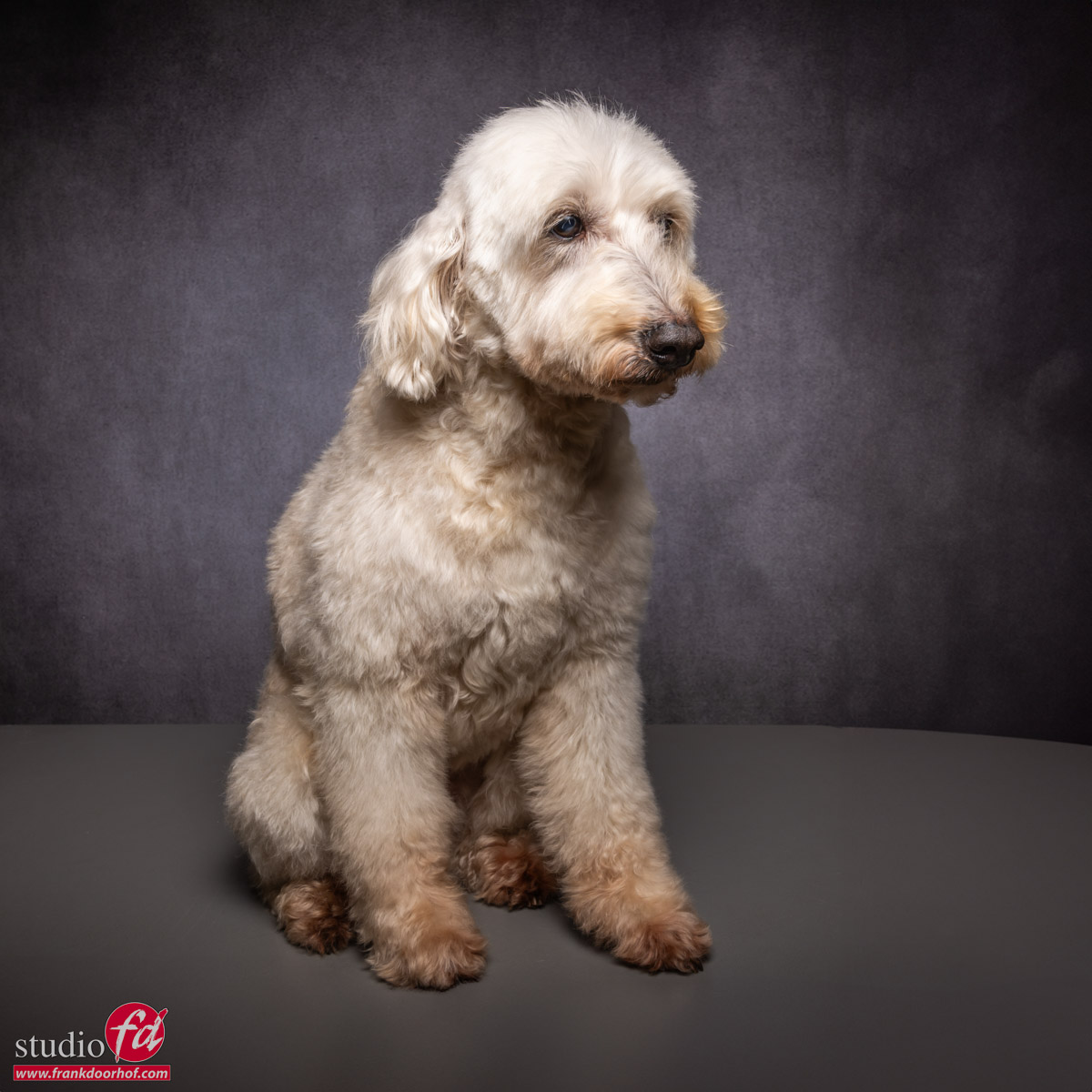
see the introduction of the Clicki Backdrop on Photodays in Brussel (2023)
